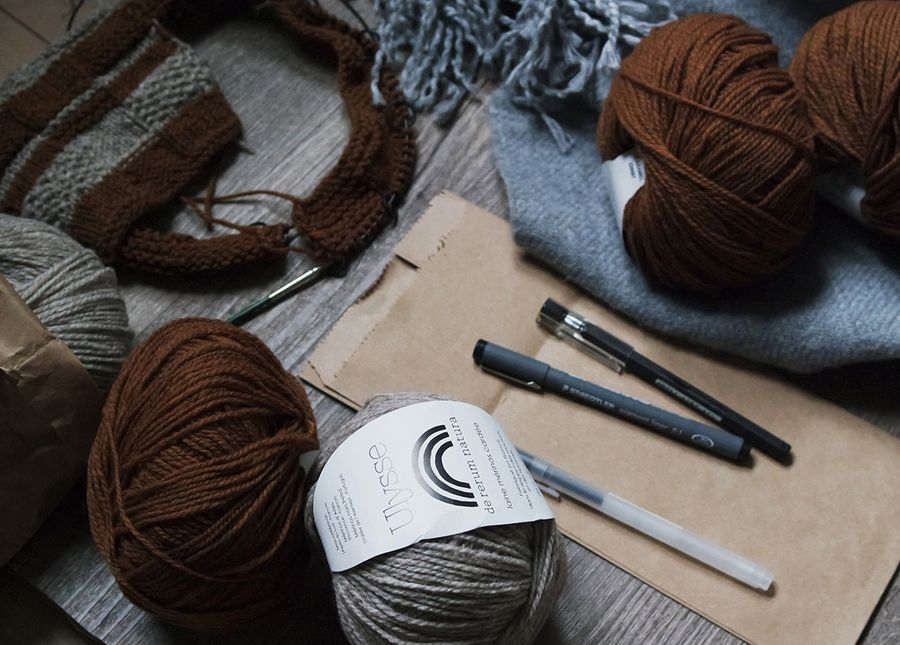Waiting and accepting
Many aged care homes have waiting lists. When vacancies become available, they are allocated according to care requirements, urgency, time spent on the waiting list and suitability.
If you land a place in an aged care home, it’s important to be organised. Some details you need to have include:
- your Aged Care Assessment
- your Asset and Income Test
- whether you’ve appointed a nominee, guardian or power of attorney
- your pension details.
You can be on the waiting list at more than one residential aged care home, although you will usually need to decide whether to accept a place immediately it is offered, so only register interest if you would be happy to live there.
And it’s ok to change your mind. You don’t have to accept an offer, and there’s no penalty if you say no.
Once you’ve accepted an offer, while it is possible to move to more preferred accommodation later, it will probably take some time, as your need for placement would no longer be considered urgent.
Signing up and moving in
If you accept an offer, you’ll need to sign a legally binding contract called a Resident Agreement.
If you are paying all or part of the cost of care, you will also need to sign an Accommodation Agreement.
Don’t feel pressure to sign these documents. You can sign the Resident Agreement after you’ve moved in whenever you are comfortable with the details. You have 28 days after you move in to sign the Accommodation Agreement; plenty of time to show it to family, financial advisors and other trusted people before you sign.
Resident Agreement
This outlines details such as:
- your fees
- services provided
- your rights and responsibilities
- the aged care home’s rights and responsibilities.
Accommodation Agreement
This outlines details such as:
- accommodation costs you will pay
- whether you’ll pay by RAD, DAP or a combination
- whether you’re paying additional service fees.
If you’ve appointed a Power of Attorney, they can sign on your behalf.
Extra service agreement
- This only applies if your aged care home has Government approved Extra Service Status.
Check your Residential Agreement for any additional services that you may need to pay for such as physio, hair dressing. These are not mandatory and apply on a needs basis.
Relocating
If you’re moving from your family home into an aged care home, the transition can take some time to get used to. You’ll probably have fewer possessions around you, so be sure to choose items that mean a lot to you. Bring clothes that are comfortable, along with something to wear for special occasions or outings.
And try to keep jewellery and cash to a minimum. Some aged care homes have guidelines for valuable items to protect residents from accidental loss.
What about the house?
While your family home is sometimes counted as part of your asset assessment, this doesn’t mean you necessarily have to sell it.
Your house isn’t counted in your assets if:
- your partner or dependent kids live there
- a carer eligible for a government income support payment has lived there over two years
- a relative eligible for a government income support payment has lived there over five years.
And even if the house is included as an asset, there’s a capped amount it can be counted at ($162,087.20 at 20 March 2017 – an amount that just rolls off the tongue).
If you’re part of a couple, your assets are half of the combined assets of the two of you, and you are still considered a couple if you live apart for health reasons.
To be sure, contact a financial advisor near you.




